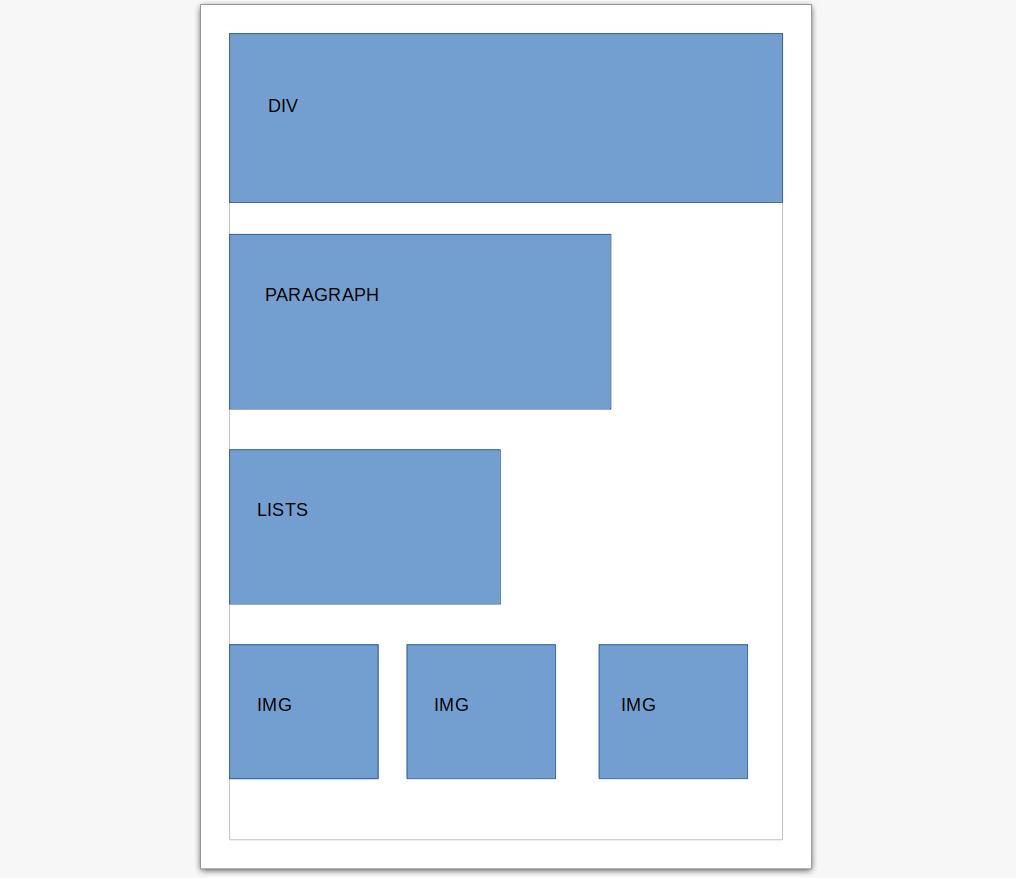ngahine
Problem Solving
Tell your non-tech friend a story about a time you got blocked on a simple problem:
A simple problem I had was using css classes and not knowing what a div is and how it relates and styles your html, getting stuff on a webpage to appear how I wanted it to. Watching video tutorials about relative and absolute css positioning helpled me understand what document flow blocks is and that cerain parts of a document have their own containers. Being able to visually see how structures of different html tags worked was how I was able to know how to style these elements with css.

Tell your non-tech friend a story about a time you solved a problem in an elegant way and explain;
Sometimes I have a real huge problem of staying focused on something or getting started on something. An example of this can be a reading assignment, reading instructions to follow along with something. My brain will just block out any information I'm trying to read. A way that I have found that works is using a text-to-speech application like naturalreaders.com. You simply can upload text or a document to be read out loud to you. I feel as though it's stimulating enough having the information read aloud to me for my brain to focus on an take in the information or I just need to use this technique to kickstart my brain onto a task quickly. I've learned that my brain has a complicated process of how it likes to take in information at times.
Pseudocode
Some code can look very intimidating and confusing at first, I'm finding myself using pseudocode more by breaking down code to understand how each part is working. Writing pseudocode is helpful when laying out the tasks you want to do before figuring out how you will code it and to be able to go back a reflect on how you have solved something.

Console.log( )
Console logging is a good way check and display how some of your code is reading. You can console log for testing and debugging and print out messages for errors. I've been using console logging alot to use as an output to display if my code is working and experimenting with different methods.


Trying something
Diving straight in with what you already know and just trying anything is something you can do. Finding other similar methods people have used to solve a problem and then modifying it to the task you want to achieve can also work sometimes. You can use alot of code from what has already been solved.
Reading error messages
Error messages can look pretty scary and red but they are so helpful to pick up on something you missed because of basic human error like a mistype or missing a curly bracket. You can locate which line the problem is and will have a description of what the error is which can be a simple fix or solved by googling the error message.
Rubber ducky method
If you are really stuck and have tried everything you can think of and are basically losing your mind. Talk to an object and explain the problem. Sounds silly but could actually help you to look objectively at the problem and see it in a different perspective.

Googling
The most quickest way to solving a problem is by simply googling it. If you have a problem you most likely can solve it by googling it and finding that answer from someone who has already solved it. How you ask questions to google is also important in getting the right type of results and needs to be very specific to the language you are working in.
Asking your peers for help
Getting help from your peers is a good way to get an easy to understand explaination of something. They may have solved the same problem or are looking for answers as well, it is a good way to work together on solving something.
Improving your process with reflection
Reflecting on how you solved a problem is a good way to process and learn from it. This is helpful so you can remember how you came to the solution for future problems.